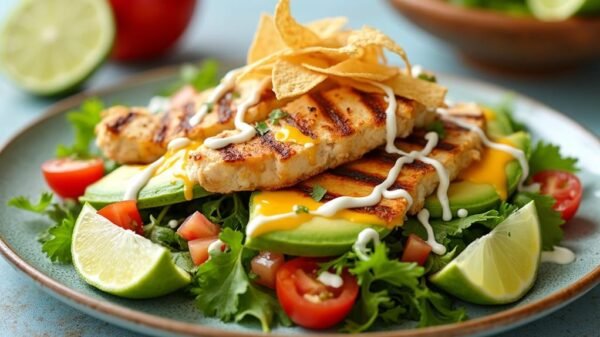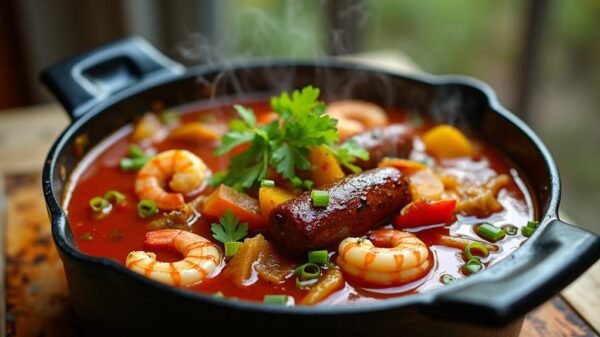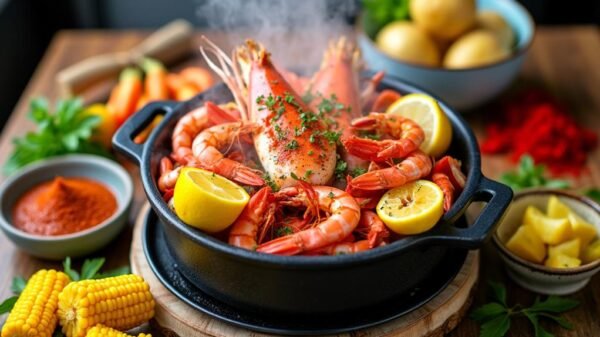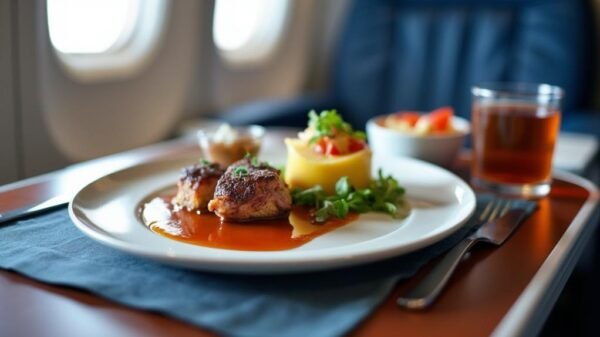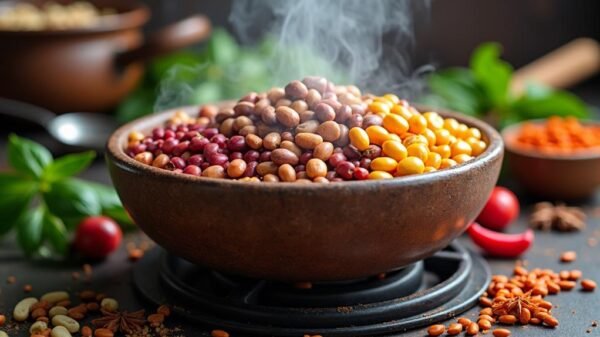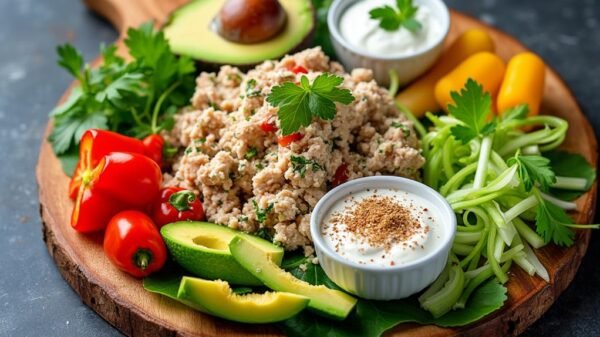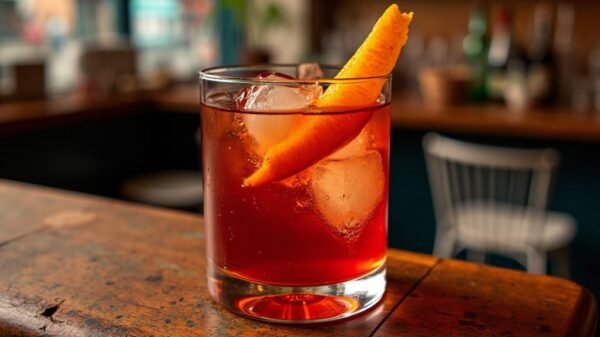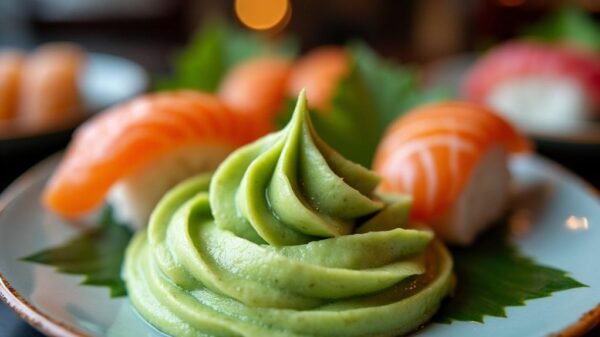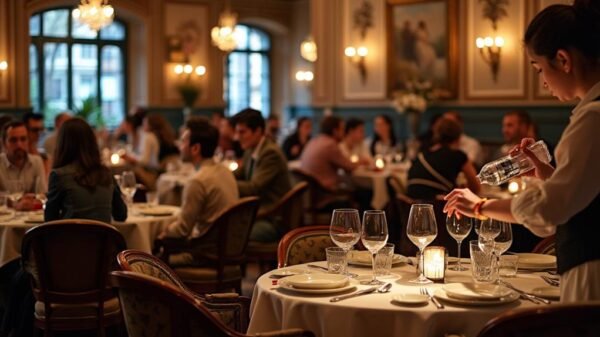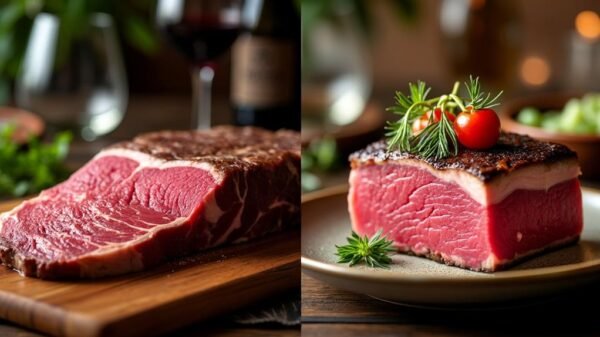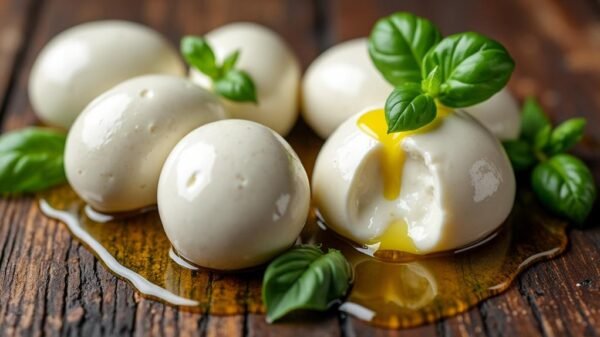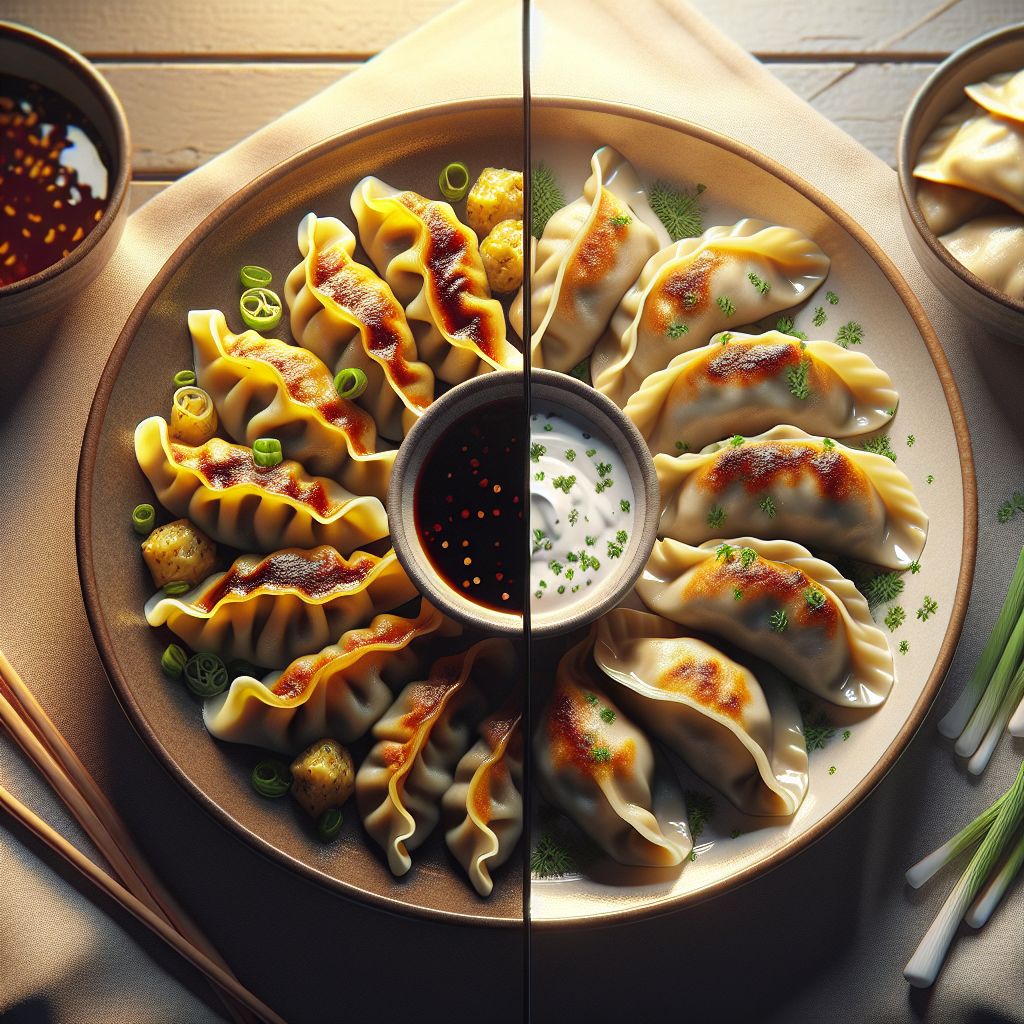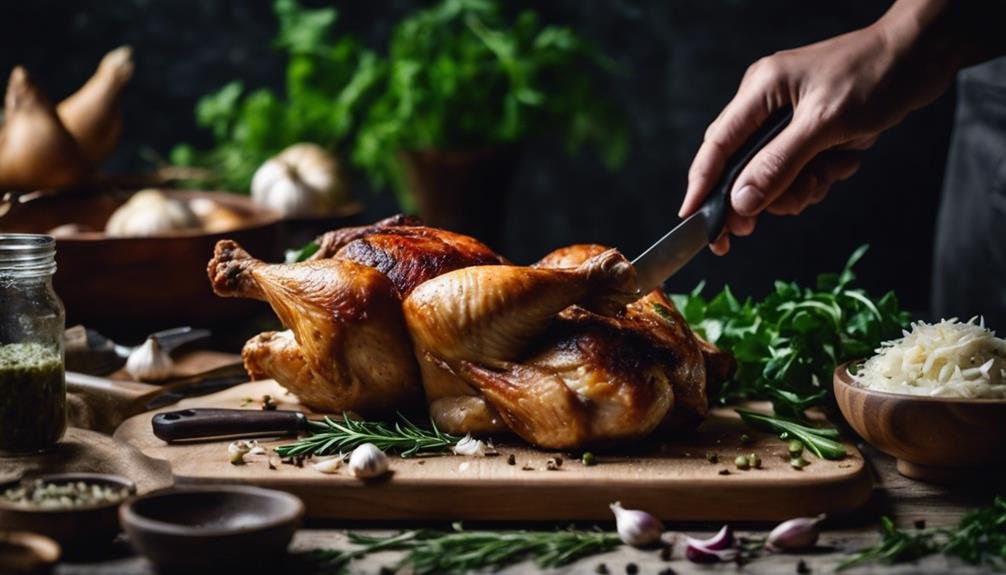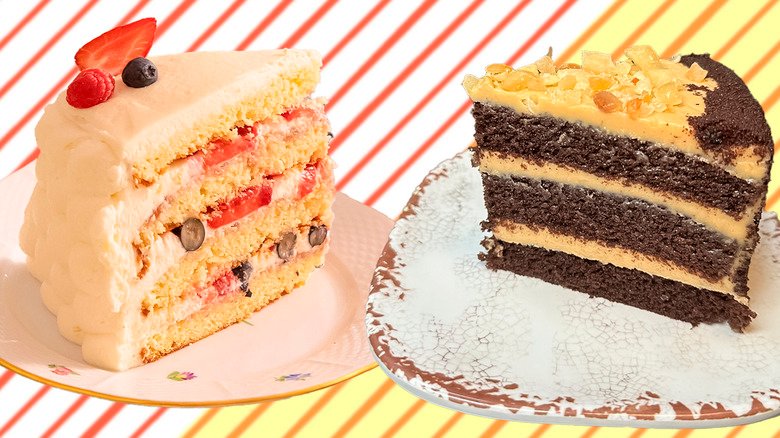Dumplings vs. Pierogis: What’s the Difference?
When we discuss comfort foods around the world, two dishes frequently surface in conversations: dumplings and pierogis. At first glance, they may seem remarkably similar—perhaps due to their shared characteristic of being dough filled with various ingredients—but they each possess unique qualities that distinguish them greatly. This article will explore their definitions, origins, cooking methods, and nutritional aspects to shed light on these beloved dishes.
Understanding Dumplings
Dumplings are a broad category of dishes encompassing a variety of cooked dough forms. Originating primarily from Asian cuisines, particularly Chinese, they are typically made by wrapping savory fillings like minced meat, seafood, or vegetables in a thin layer of dough. According to historical accounts, dumplings can be traced back to ancient China, with records suggesting their creation around 206 BC. Fast forward to today, and they remain a cultural staple, often served during celebrations like the Lunar New Year, where they symbolize wealth and prosperity.
From jiaozi to xiajiao, the shapes and preparations of dumplings vary significantly. Different regions of China embrace diverse fillings and cooking techniques, from steaming to frying. The fillings can include anything from pork and cabbage to shrimp and chives, allowing for a rich tapestry of flavors across the globe.
The Nature of Pierogis
In contrast, pierogis are a specific type of dumpling originally from Poland. While similar in concept, pierogis come with their own distinctive history and variations. They are typically made with unleavened dough and stuffed with a range of ingredients, ranging from potatoes and cheese to mushrooms and sauerkraut.
Culinary historians agree that pierogis most likely made their way to Eastern Europe from Asia, reflecting a fascinating cross-cultural exchange. The earliest documented recipes date back to the 17th century, but folklore traces their roots even further, back to the 13th century, when they were believed to be served to the needy by a saint. In modern culinary practice, pierogis are recognized not just as comfort food but also as an integral part of Polish tradition, often found at gatherings and holidays.
Diverse Ingredients and Flavors
When comparing fillings, pierogis notably offer a wider variety. Traditional dumplings usually lean towards savory flavors, utilizing meats, vegetables, and spices. In contrast, pierogis often expand beyond savory boundaries, with sweet varieties stuffed with fruits or sweetened cheese, providing options for dessert courses as well.
The dough itself also varies between the two. Dumpling dough is often simpler, relying primarily on flour and water. Pierogi dough, conversely, typically includes eggs and butter, giving it a richer texture that contributes to the ultimate flavor profile.
Cooking Techniques
Cooking methods also play a vital role in differentiating these dishes. Dumplings can be prepared in various ways, including boiling, steaming, or pan-frying, allowing for diverse textures and tastes. This versatility in cooking methods reveals a breadth of cultural practices surrounding dumpling consumption across Asia.
On the other hand, pierogis generally follow a more straightforward cooking process. They are typically boiled first, often served with a light sauté of onions or butter. While they may be pan-fried post-boiling for added texture, this dual method retains a traditional approach to preparation.
How They Are Served
Serving styles also highlight the distinctions between dumplings and pierogis. Dumplings are frequently presented in steamer baskets, in soups, or on platters accompanied by a variety of dipping sauces—like soy or black vinegar—allowing diners to customize their experience.
Pierogis, however, are primarily served with foundational accompaniments like sour cream, sautéed onions, or fresh herbs, emphasizing their rustic roots and homely appeal.
These differences highlight the unique cultural significance of each dish, elevating dumplings and pierogis beyond simple comfort food to symbols of their respective heritages.
In summary, while dumplings and pierogis may appear similar at first, a closer examination reveals their distinctive qualities. From their origins and fillings to cooking techniques and serving methods, these two dishes reflect the diverse culinary traditions of the cultures they represent. Understanding these variations not only enhances our culinary appreciation but also fosters a deeper connection to the world’s rich tapestry of comfort food.


